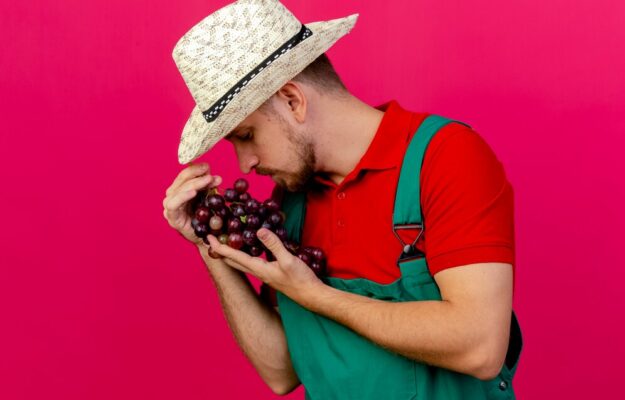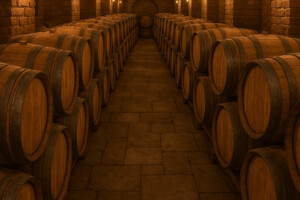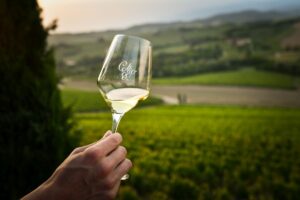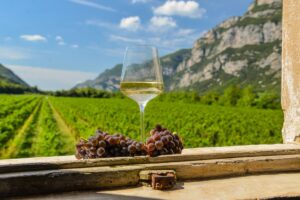“The 2023 harvest will undoubtedly be marked by spring rains and cold, which delayed grape ripening and therefore delayed harvest by a week compared to last season. Because of the cooler temperatures during this period, we will have less production than in 2022, but with an interesting aromatic profile”. Words from Riccardo Velasco, director of Crea Viticoltura ed Enologia, who thus joins the carousel of voices on this harvest estimates.
According to Crea, “production in Central-Southern Italy is expected to have a slight drop compared to 2022 (in general, a drop of -5/-10% is expected) due to the harmful effects of downy mildew”. In the north, however, the production situation appears to confirm last season’s volumes, possibly with a slight increase of +5/10%. A separate issue in Romagna, where, owing to the significant problems caused by the water, winegrowers have struggled to carry out normal cultivation operations, with significant losses of around -10/-15%. Significant suffering, however, for the production obtained following the organic method, which suffered the most from the adverse conditions of this vintage, with average losses of -10/-15% in the Centre-North, but with peaks of more than 50% in the South”.
In terms of quality, according to Crea, the white berried varieties generally have a balanced sugar/acid ratio, a consequence of the milder ripening temperatures linked to the vintage and the delay in the harvest period. For the red-berried varieties, however, the next few weeks will be decisive, considering how essential a slight water stress is for the synthesis of polyphenolic substances. From a phytosanitary point of view, “the whole Peninsula has experienced the aggressiveness of this pathogen (downy mildew, ed) - claims the Crea researcher, Patrick Marcuzzo - but it is, above all, in Central-Southern Italy that the greatest damage has occurred, a consequence of the unusual spring rainfall. Difficulty in containing the fungus, also in organic vineyards (whose surface is increasing throughout the boot), especially when grown in less suitable areas. Aside from downy mildew, there are some issues with grey mould, particularly in compact cluster cultivars, while powdery mildew appears to be under control. On the other hand, the problem of flavescence dorée is also growing”.
The low spring temperatures, overall, anyway, slowed the plant’s metabolism, delaying its development. The flowering occurred, compared to the past season, 5/10 days later, a delay which, still today, concludes Crea, has not been filled.
Copyright © 2000/2025
Contatti: info@winenews.it
Seguici anche su Twitter: @WineNewsIt
Seguici anche su Facebook: @winenewsit
Questo articolo è tratto dall'archivio di WineNews - Tutti i diritti riservati - Copyright © 2000/2025








































































































































































































